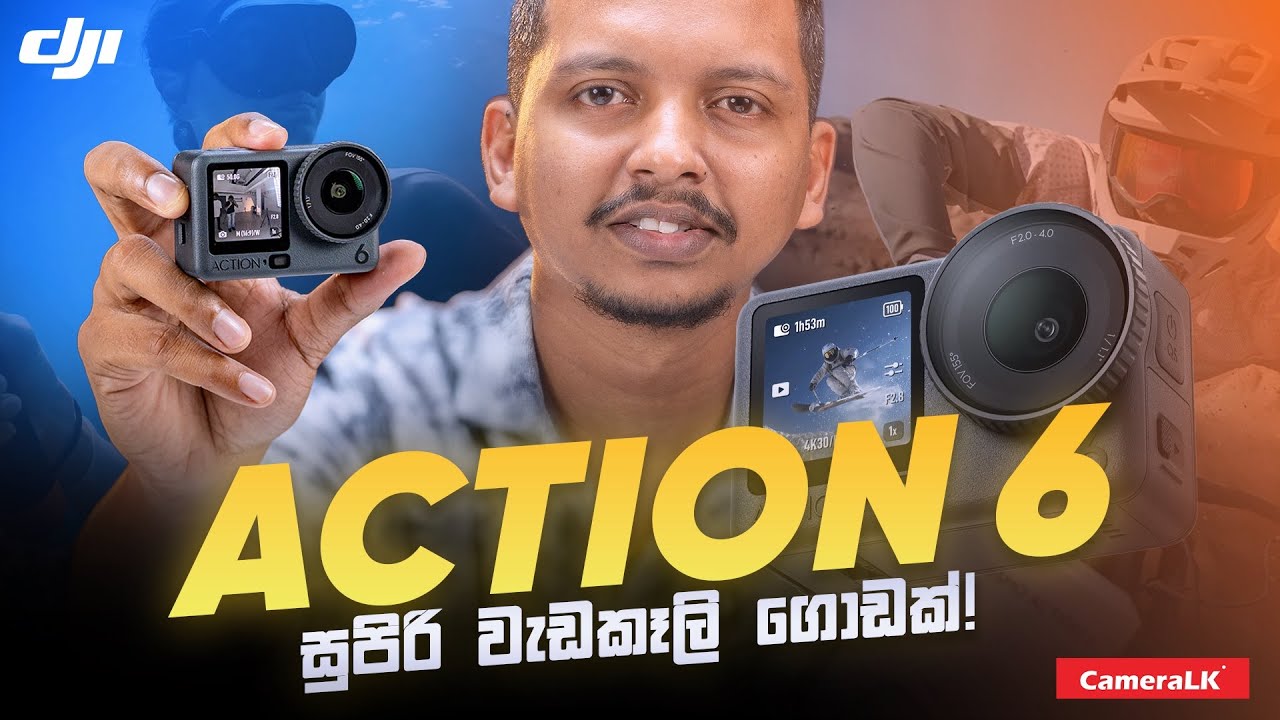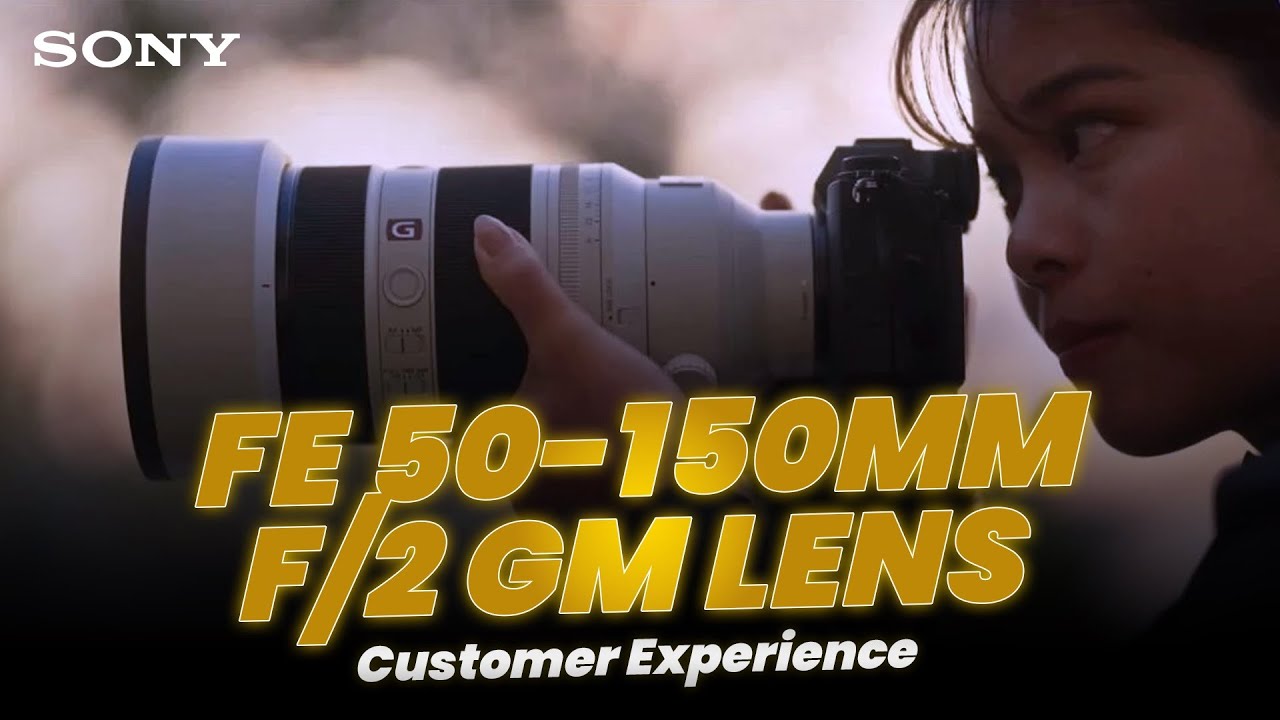Wired Microphones
Wireless Microphones
Latest News
Microphone
What's a Condenser Shotgun Microphone?
The directional microphone has a slender body that resembles a shotgun. Shotgun mics look like extra-long versions of small-condenser diaphragm microphones. They usually have supercardioid and hypercardioid audio pickup patterns. These enable them to record sounds coming from one direction while eliminating background noise. Premium brands offering them include Boya and Saramonic.
There are two types of condenser shotgun mics: boom and on-camera. A boom shotgun microphone attaches to a boom pole that extends its reach while an on-camera version mounts on a video camera. A quick way to differentiate between both types is their input connections. Boom models use XLR connection while on-camera units use the TRS jack. The Rode shotgun mic lineup includes the popular VideoMic models used with film, broadcast, and DSLR cameras.
How to Choose a Shotgun Microphone
Key factors to consider include audio pattern as well as whether it’s a battery-powered mic or one that relies upon phantom power. You should also consider on-axis and off-axis audio capture, sensitivity, and self-noise. The best audio wired shotgun mics ENG/EFP have high directionality. This means they’re good at capturing on-axis (coming from desired sources in front of the mic) audio and rejecting off-axis sound (coming from elsewhere). A high sensitivity is also important for clear audio pickup. Self-noise produces audible hiss from interference introduced by the mic’s electronics. For clear recordings, pick a unit with low self-noise.
What's a Lavalier Microphone?
Also known as a lapel mic, you wear this small device on your clothing. Lavalier microphones are unobtrusive and perfect for hands-free operation. These attributes make them excellent for TV interviews. A wireless model connects to an RF transmitter clipped to your belt or placed in a pocket. The transmitter sends captured audio to a remote receiver. Wired lavalier microphones connect directly to news cameras used for field reporting. A hardwired connection produces reliable recordings free of RF interference and dropped signals.
Other Professional Microphones Used for ENG
Handheld microphones are ideal for quick field interviews. These dynamic mics don’t require battery or phantom power to work. Choose an omnidirectional unit so everyone can speak into the same mic. Cardioid handheld interview microphones are better when using multiple mics, as they pick up less background noise. Voice-over mics are useful for in-studio news reporting. These range from basic USB models to broadcast dynamic mics used by radio and TV stations.





















